What is Wheel Alignment?
Key Aspects of Wheel Alignment:
Camber: The tilt of the wheels when viewed from the front.
Toe: The inward or outward direction of the wheels when viewed from above.
Caster: The angle of the steering axis when viewed from the side.
Why is Wheel Alignment Important?
Proper wheel alignment is crucial for:
Safety: Misalignment can cause the car to pull to one side, making it harder to control.
Tire Longevity: Poor alignment leads to uneven tire wear, reducing the lifespan of your tires.
Fuel Efficiency: Misaligned wheels increase rolling resistance, causing your car to consume more fuel.
Smooth Ride: A properly aligned car offers better handling and a comfortable driving experience.
Signs Your Car Needs Wheel Alignment
If you notice any of the following issues, it’s time to check your alignment:
Car pulling to one side while driving
Uneven tire wear
Steering wheel vibration
Crooked steering wheel when driving straight
Tires squealing when turning
How Often Should You Check Wheel Alignment?
t’s recommended to check your car’s alignment:
Every 6,000 to 8,000 miles or once a year
After hitting a pothole or curb
If you notice unusual tire wear
After getting new tires
Types of Wheel Alignment
Different types of alignments are used based on your vehicle’s needs:
| Type | Description |
|---|---|
| Front-End Alignment | Adjusts the front wheels only |
| Thrust Alignment | Ensures all four wheels are square to the car’s centerline |
| Four-Wheel Alignment | Adjusts all four wheels and is ideal for modern vehicles |
Steps Involved in a Wheel Alignment
A professional wheel alignment service typically involves:
Inspection: Checking suspension, tires, and steering components.
Measuring Angles: Using specialized equipment to assess camber, caster, and toe.
Adjustments: Aligning wheels based on manufacturer specifications.
Final Check: Ensuring the car drives straight and tires wear evenly.
DIY vs Professional Wheel Alignment
While some basic alignment checks can be done at home, professional alignment ensures precision and accuracy. It’s best to get it done by a certified technician for best results.
Conclusion
Car Maintenance 101: Wheel Alignment is an essential part of keeping your vehicle safe, efficient, and comfortable. Regular alignment checks can save you money on tires, improve fuel efficiency, and ensure a smooth ride. Don’t wait for severe steering issues—stay proactive and keep your wheels in check!
